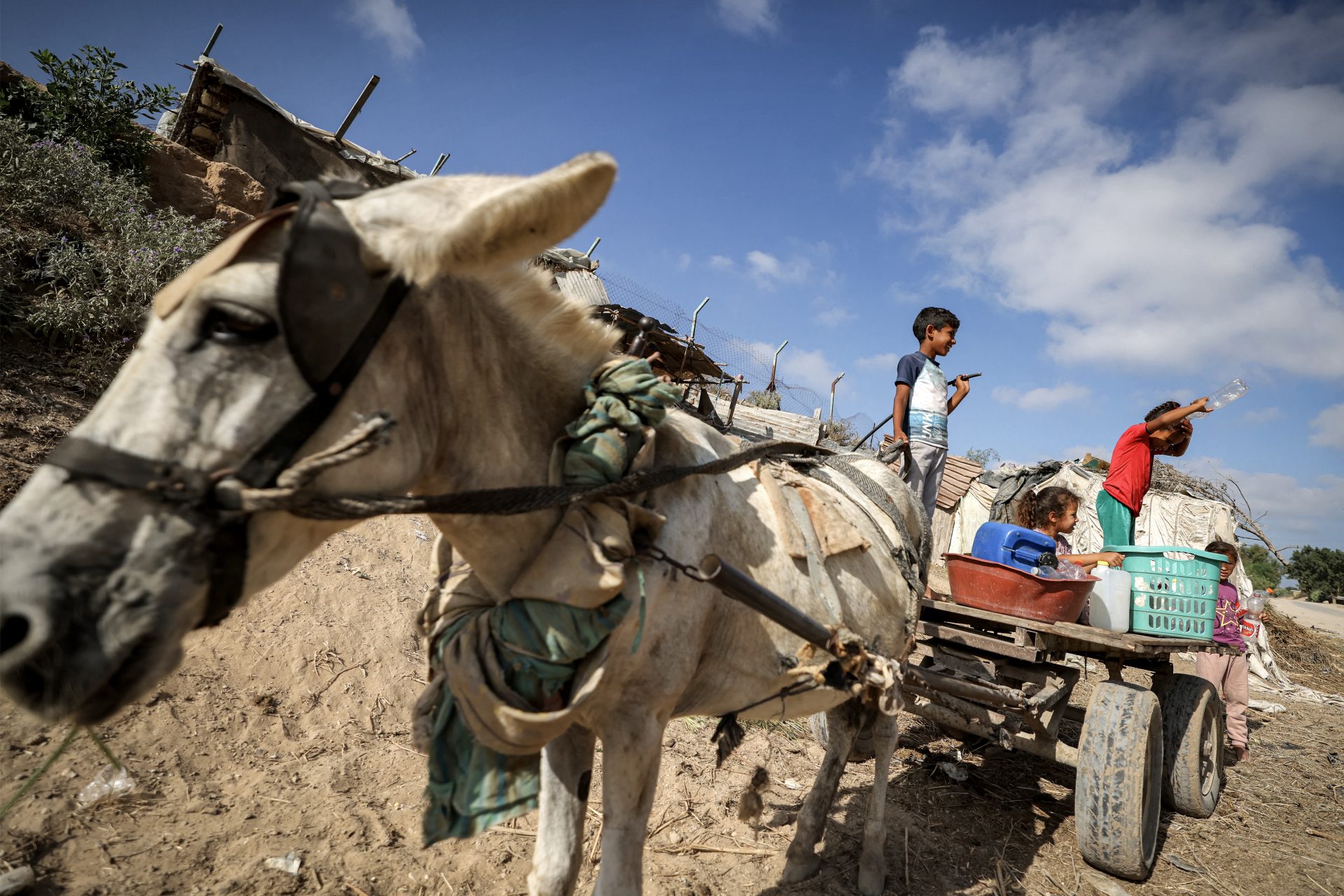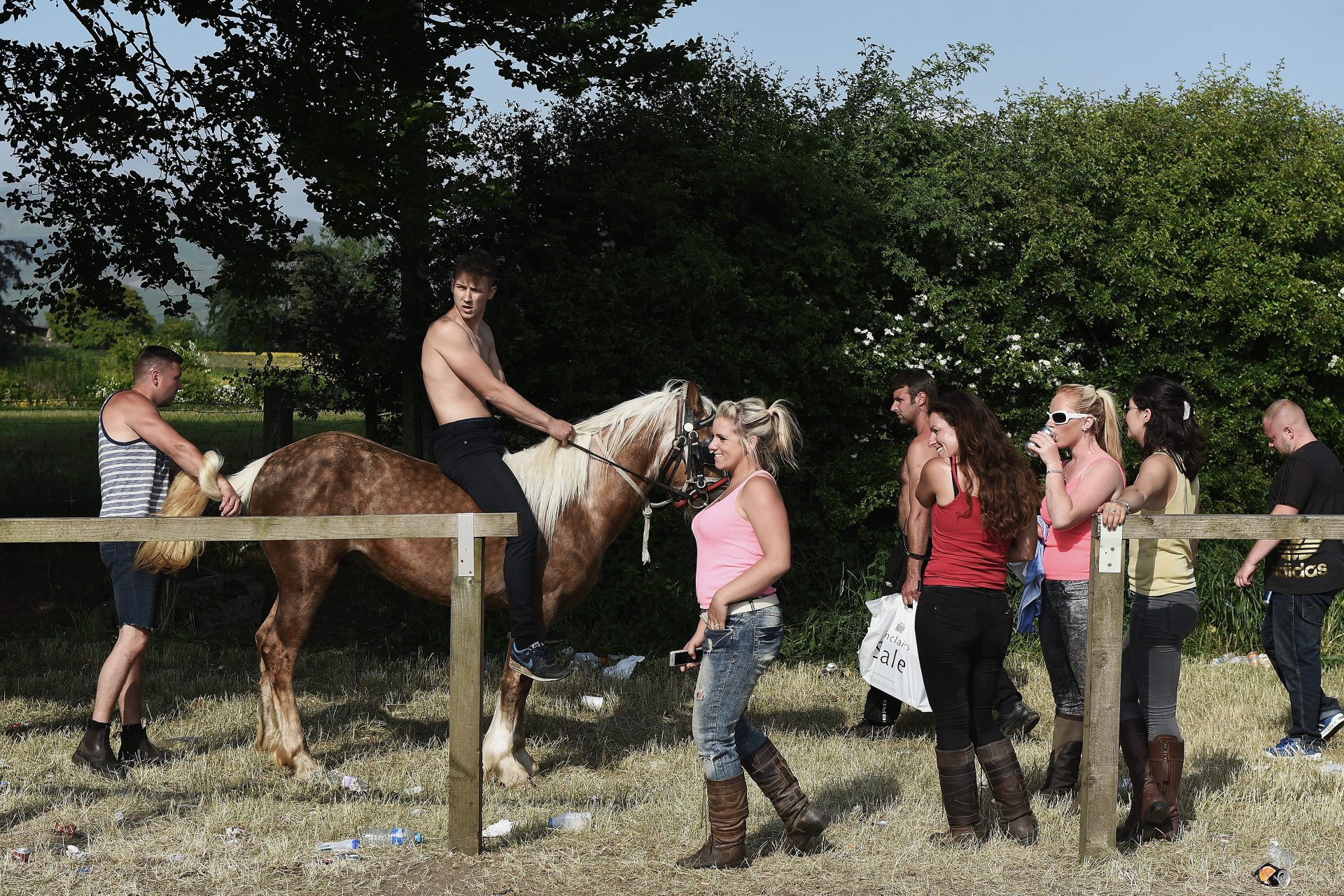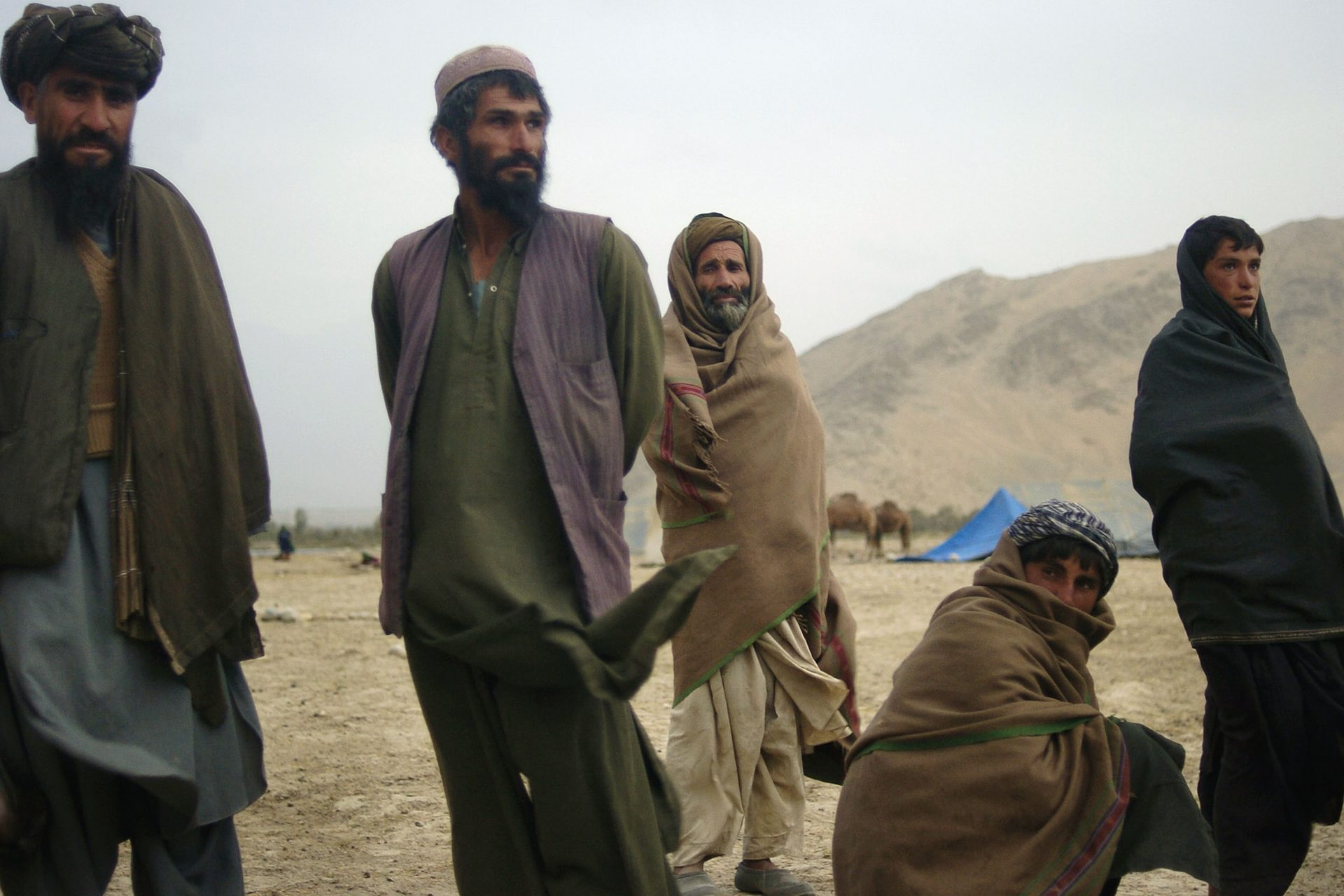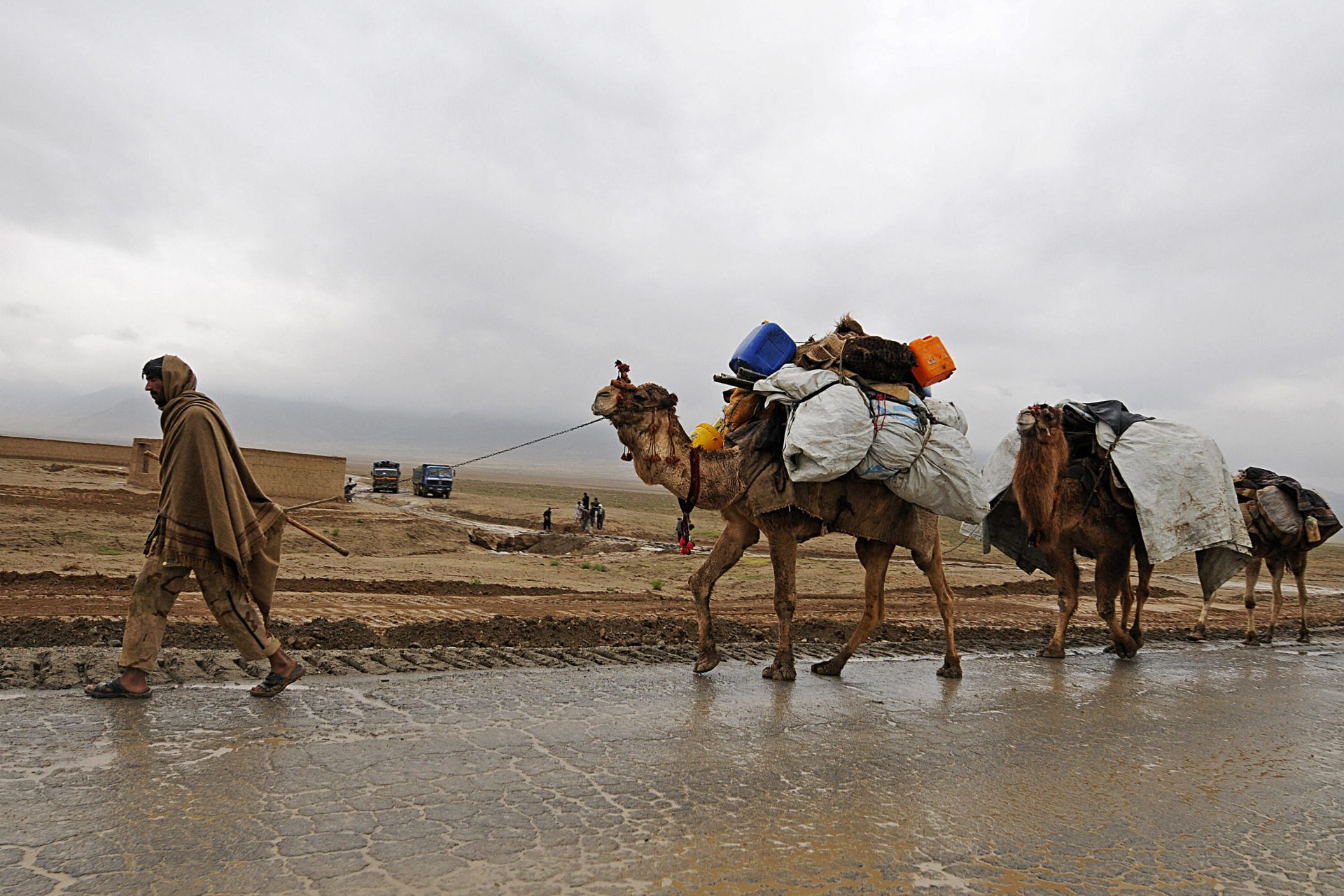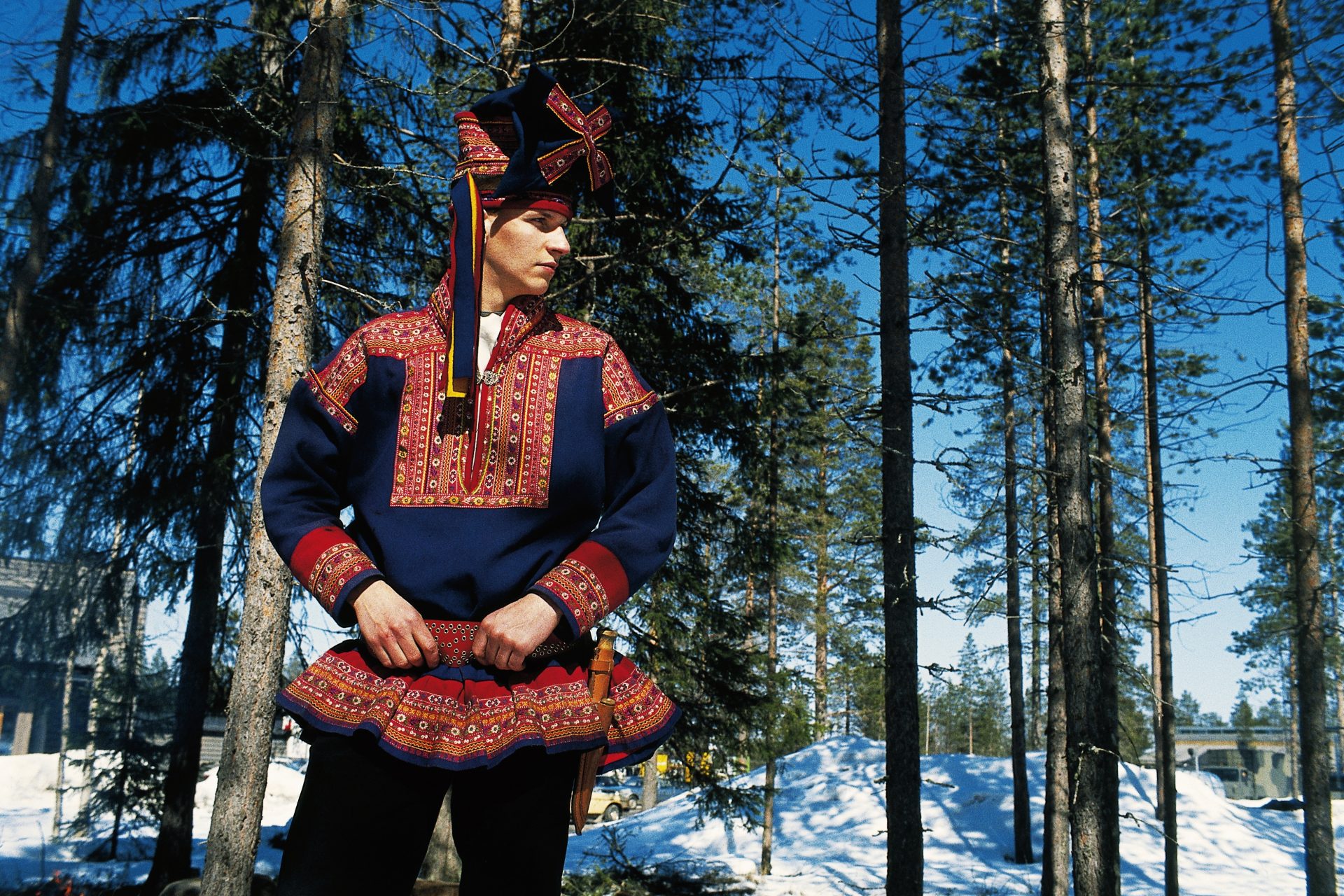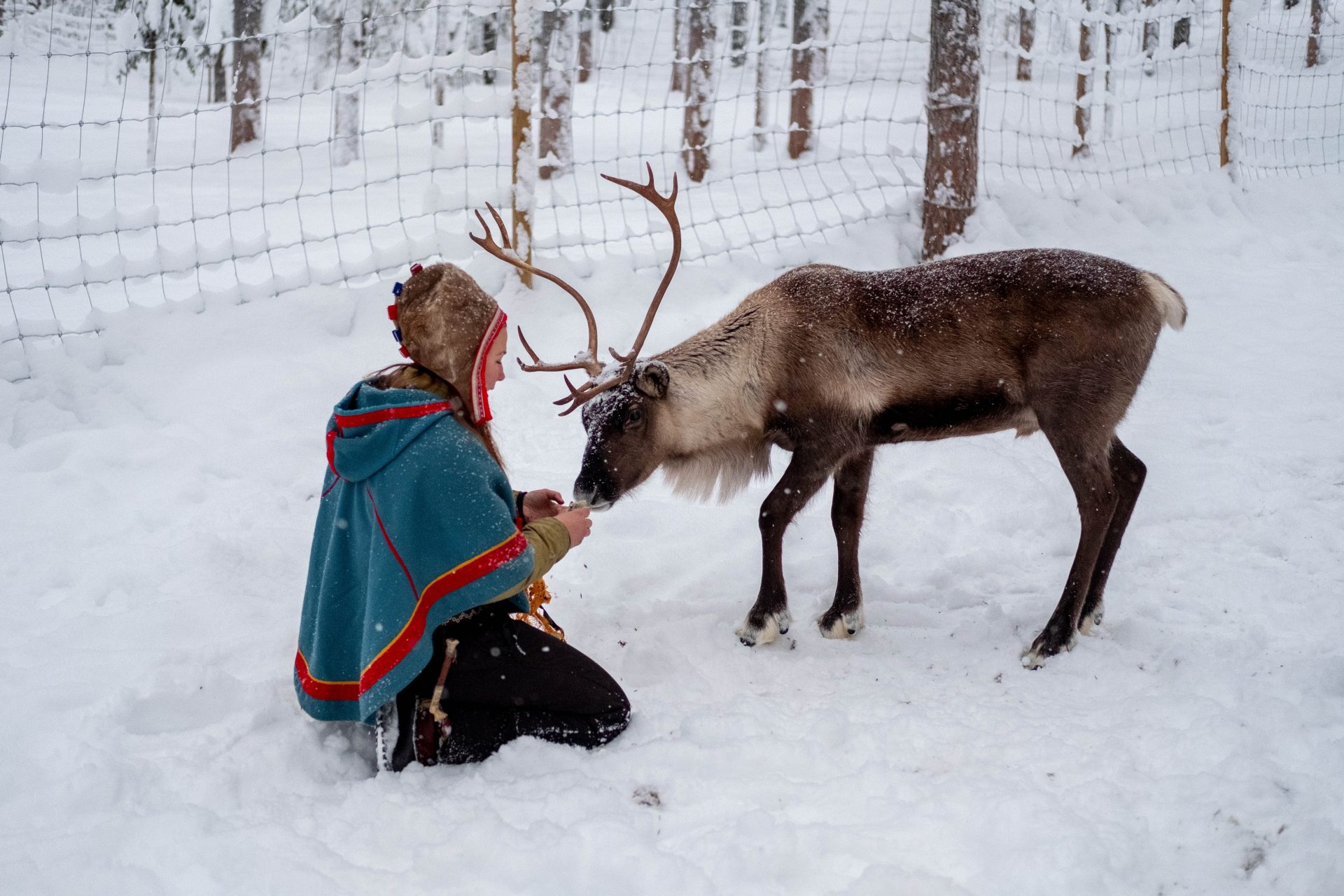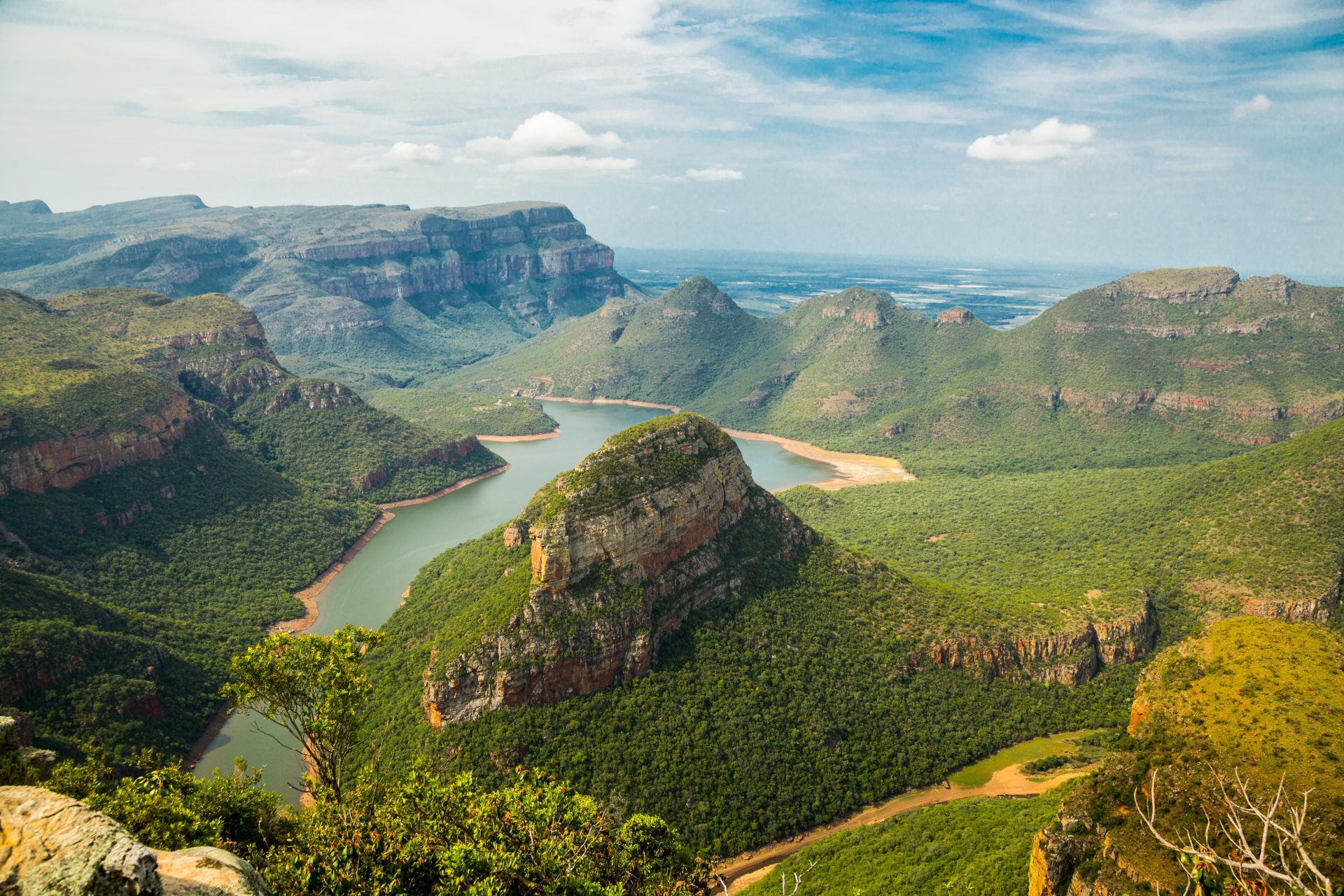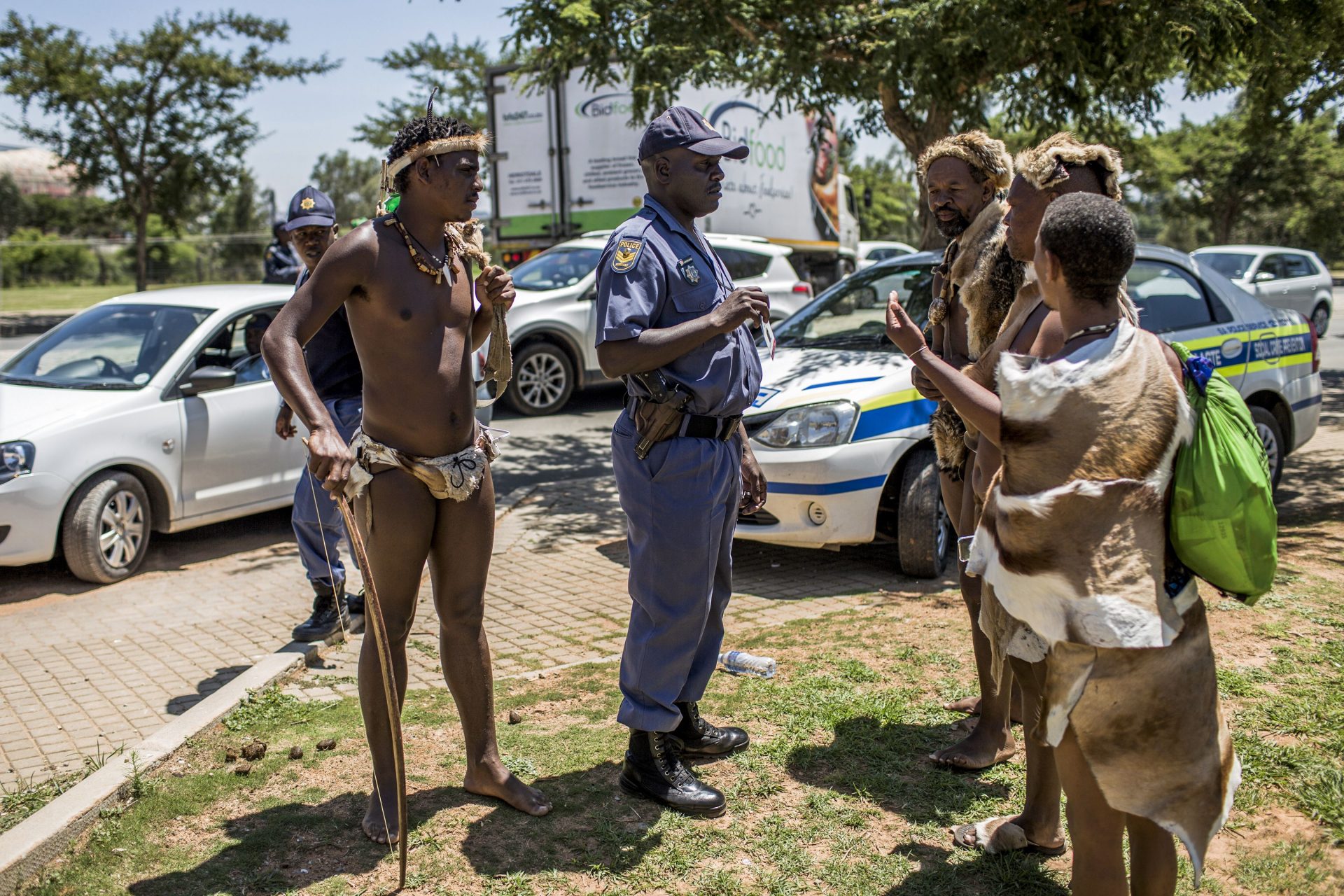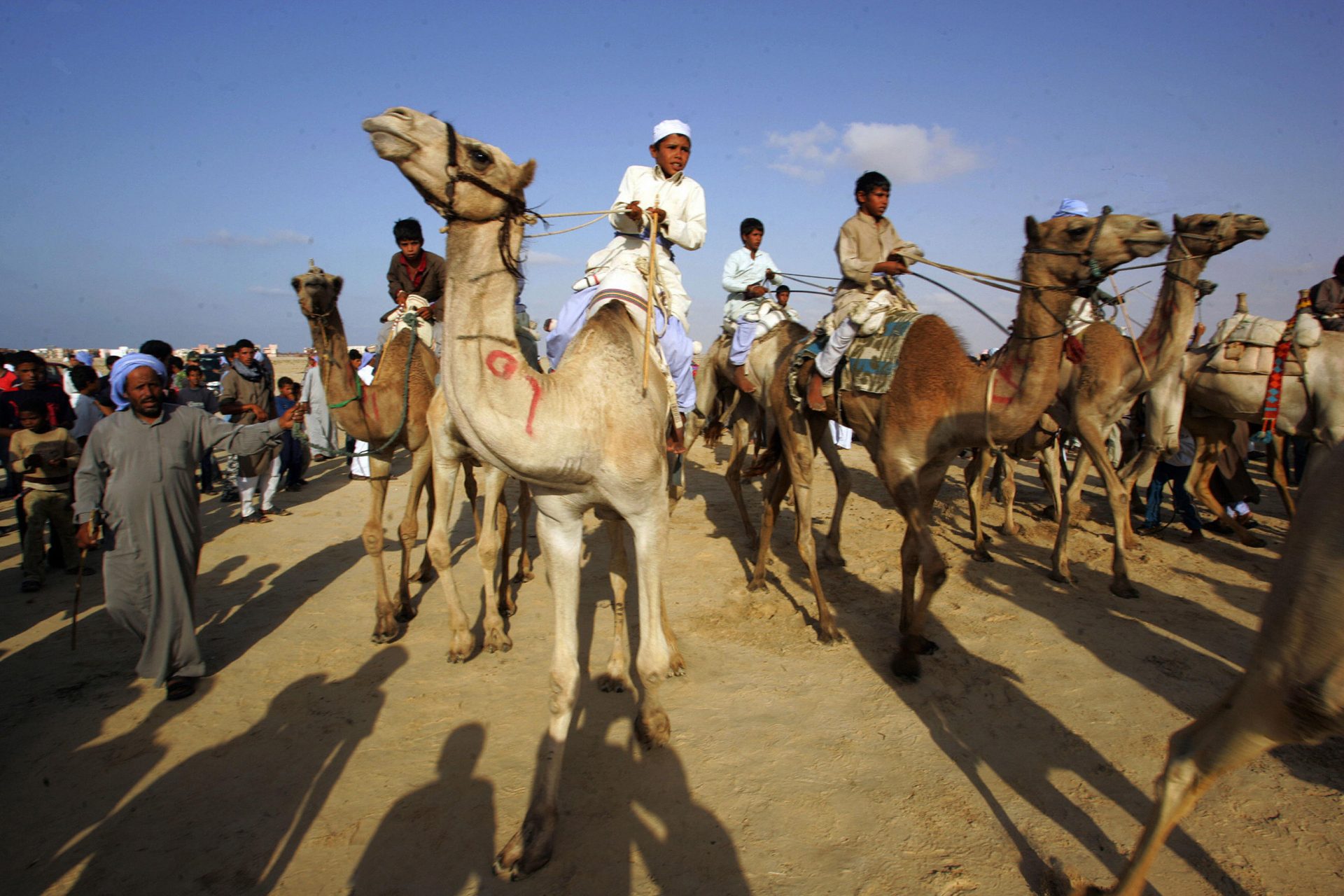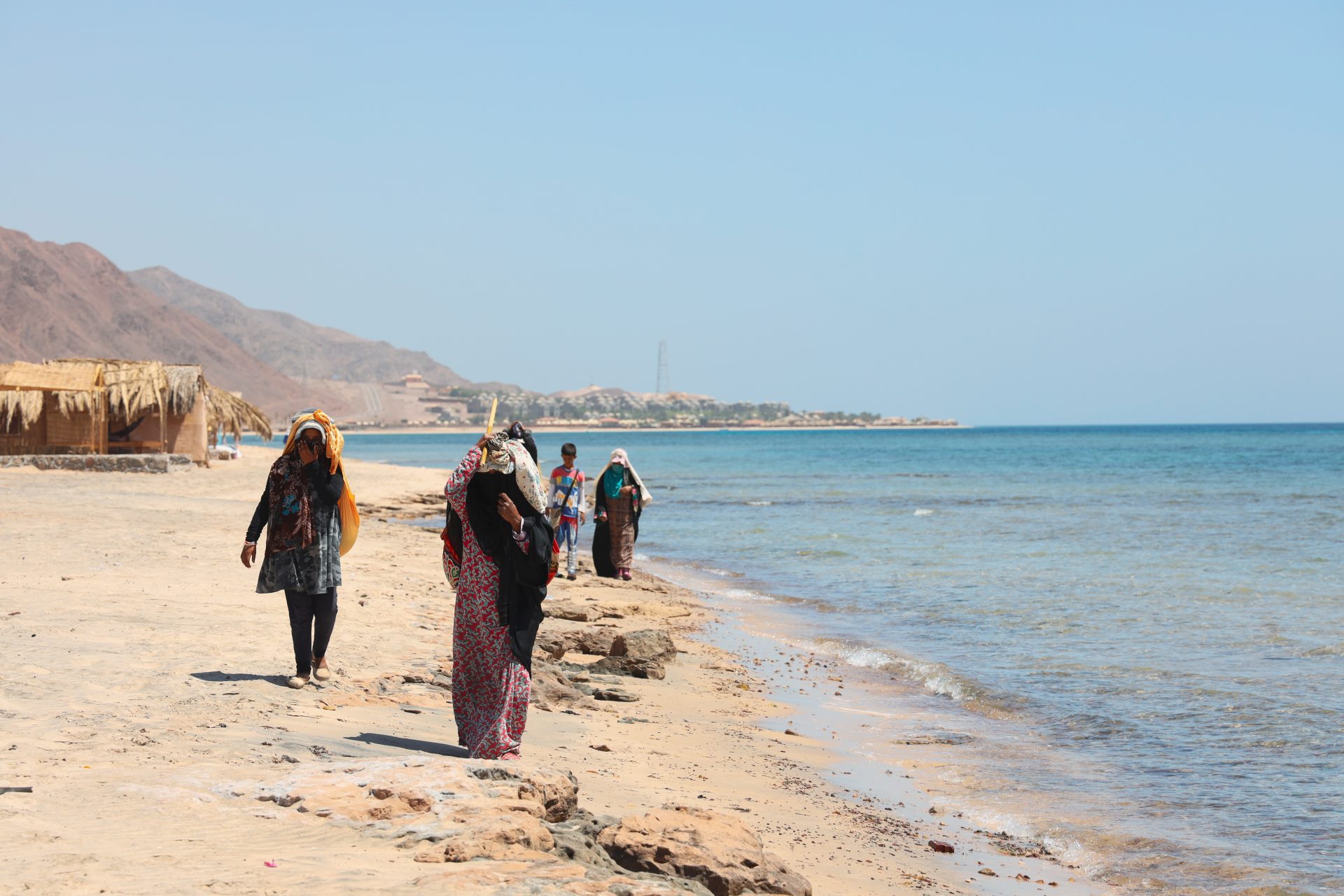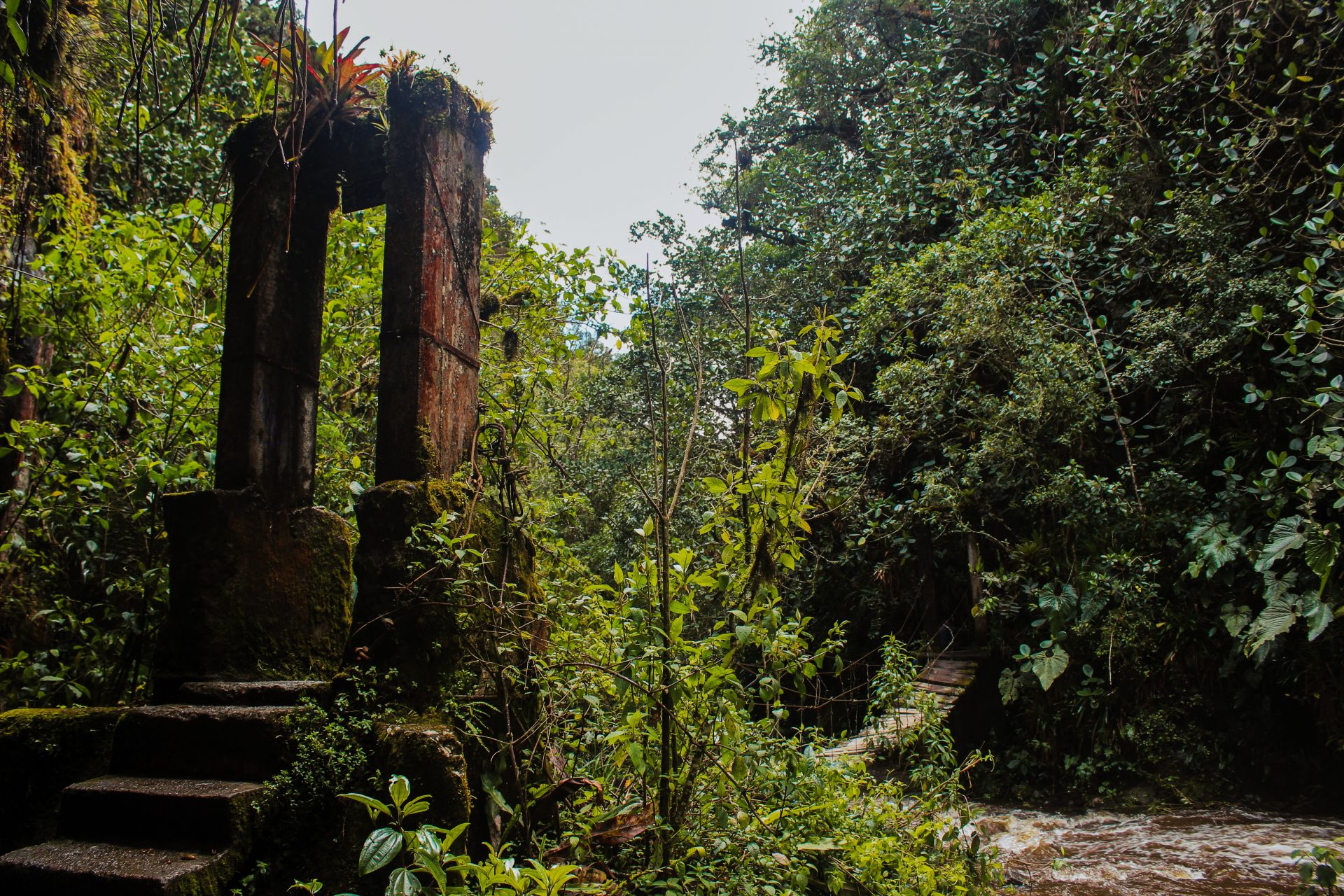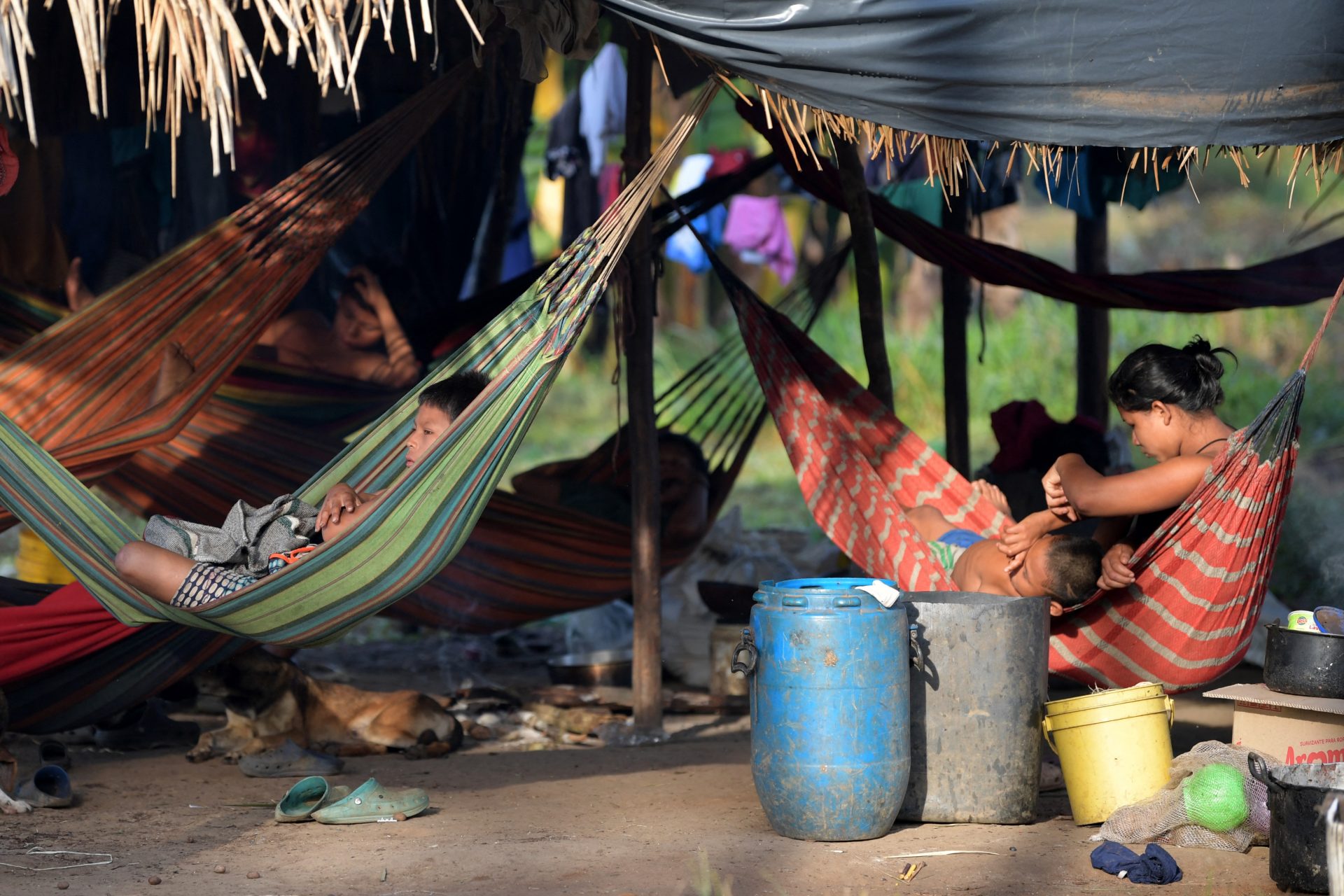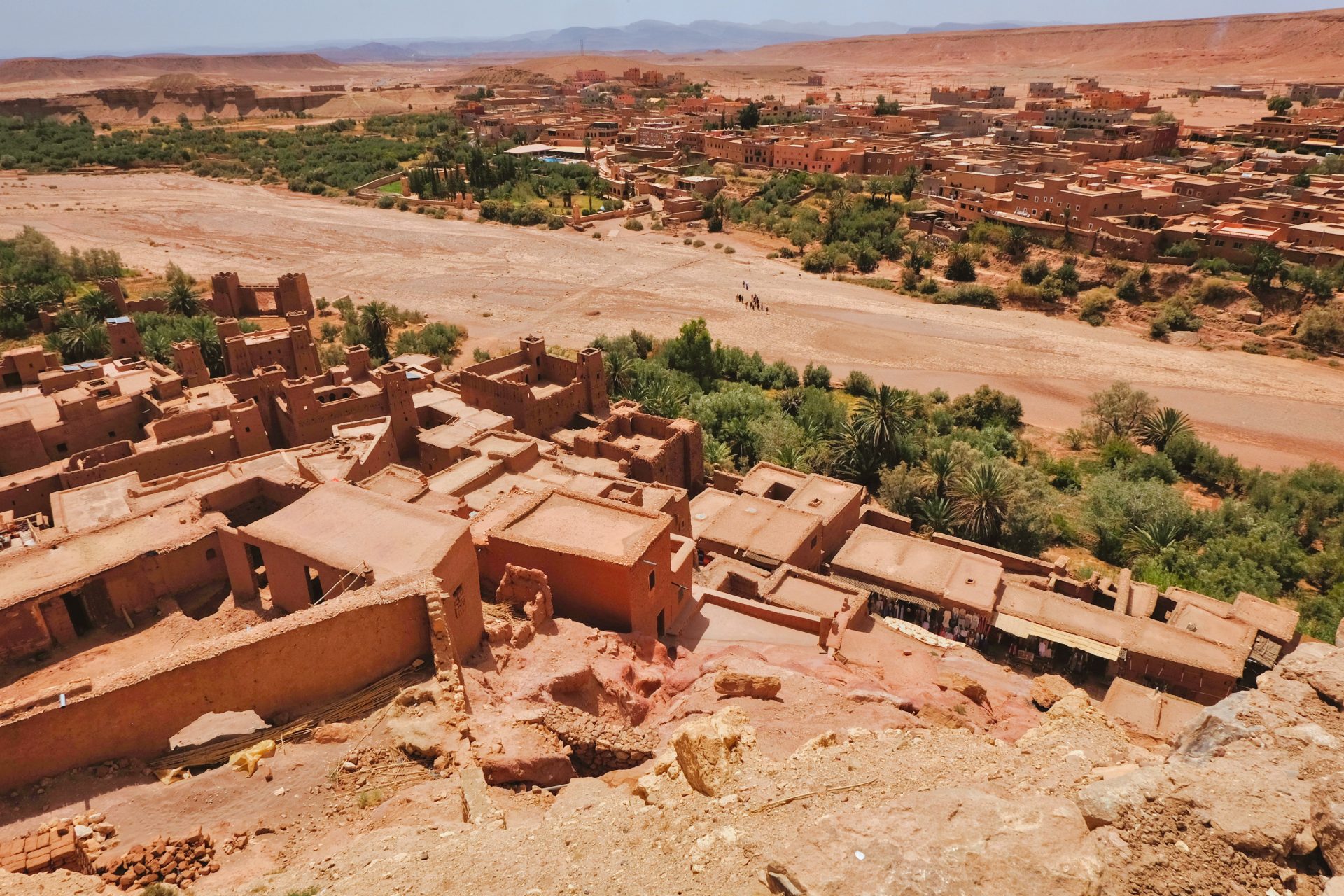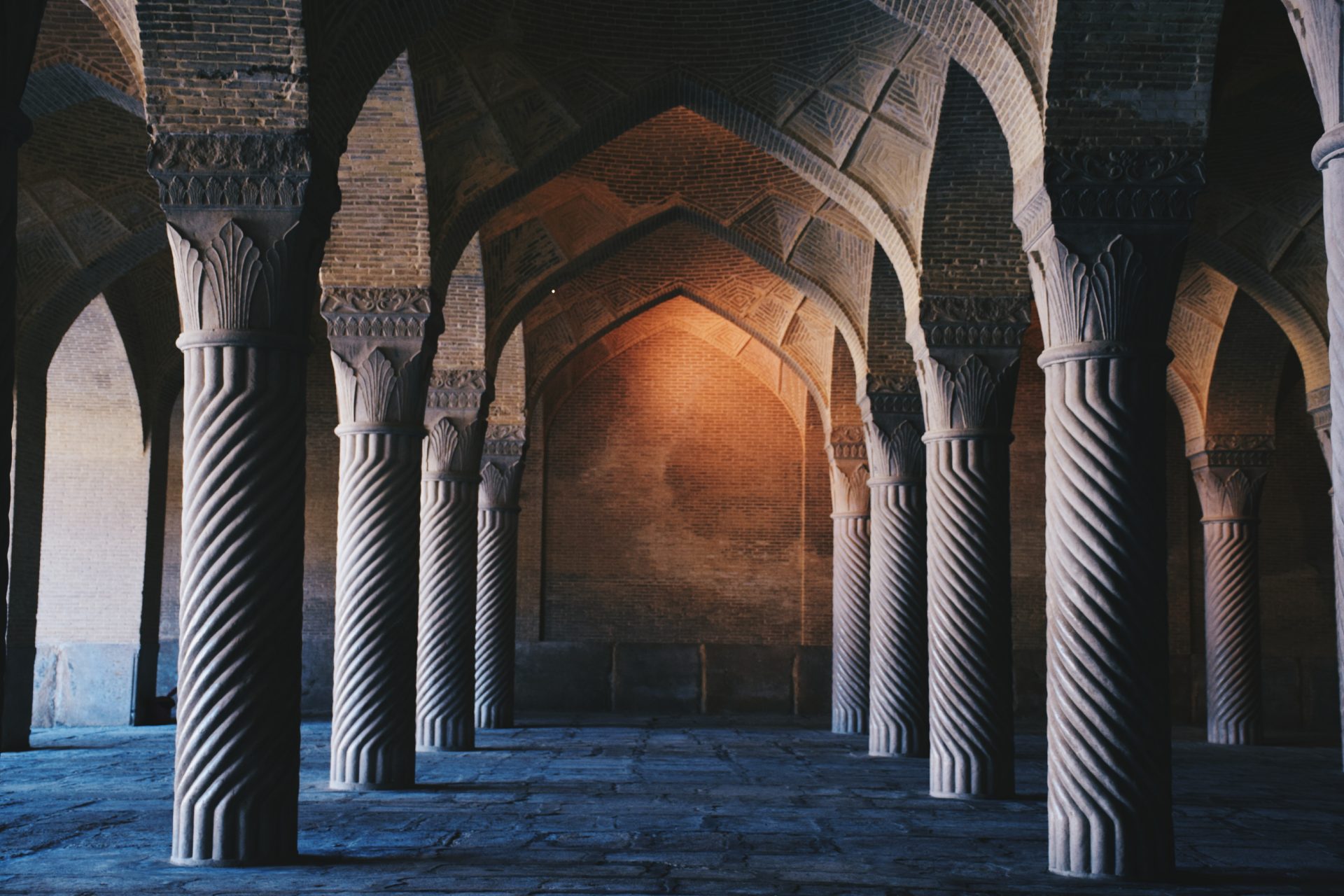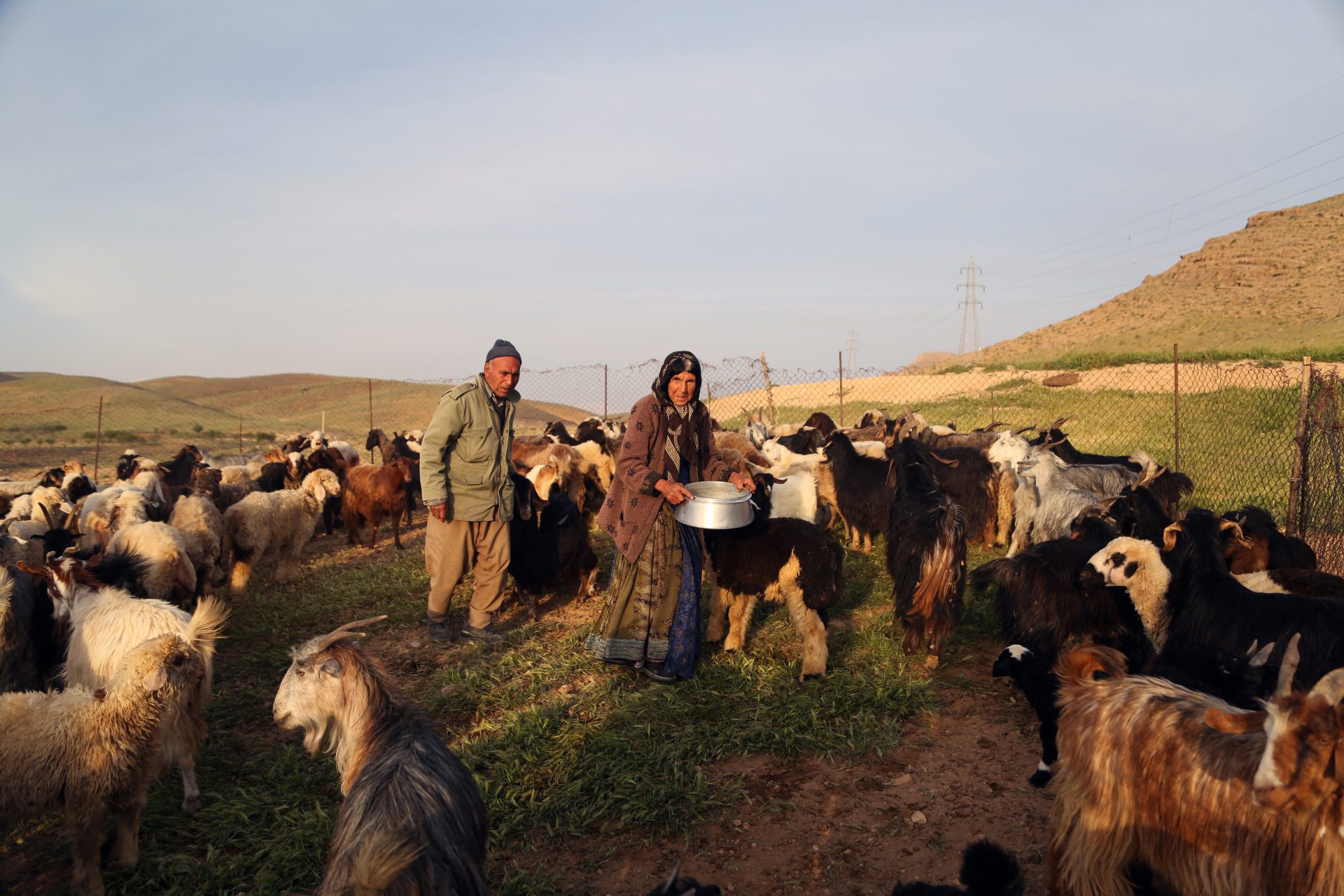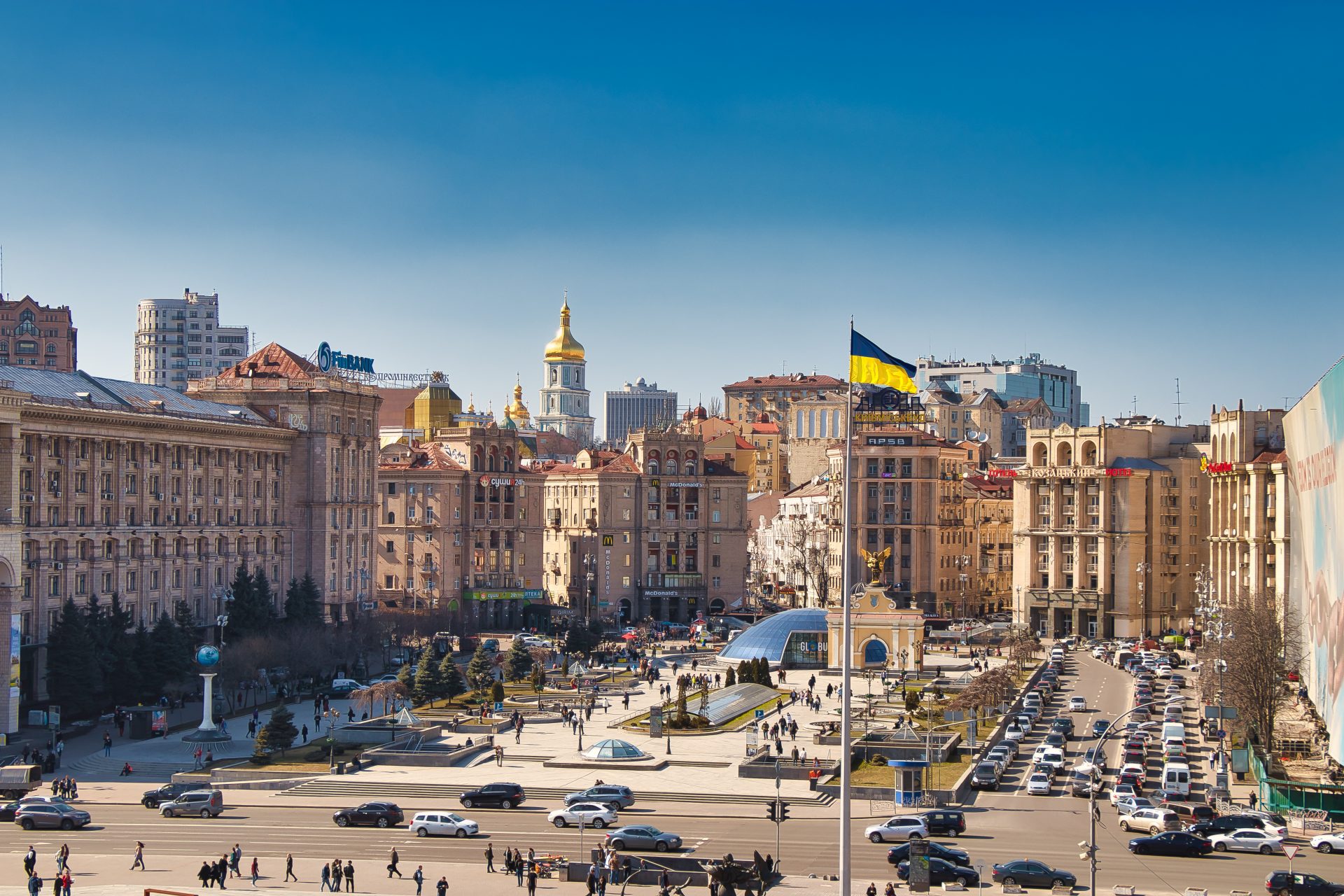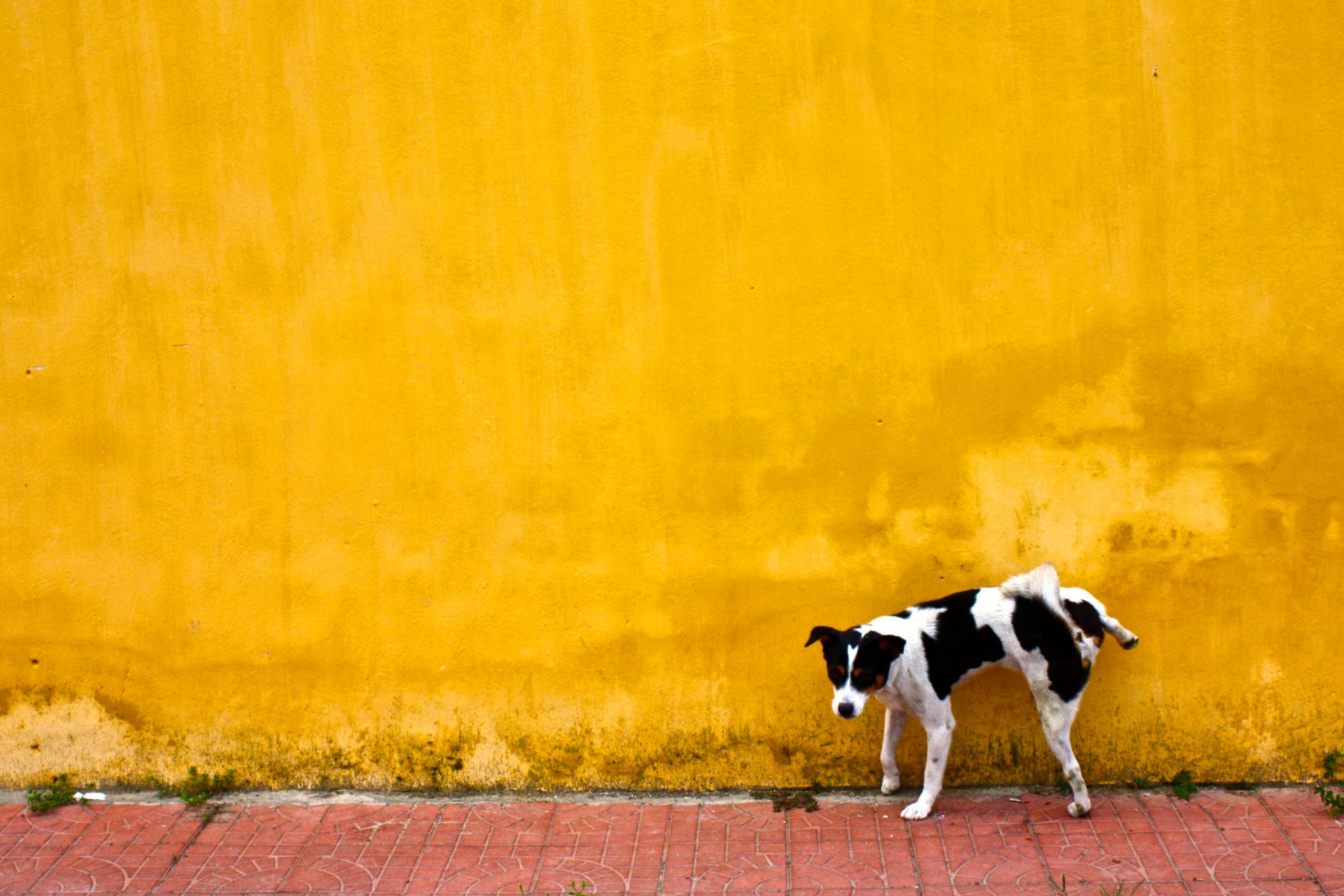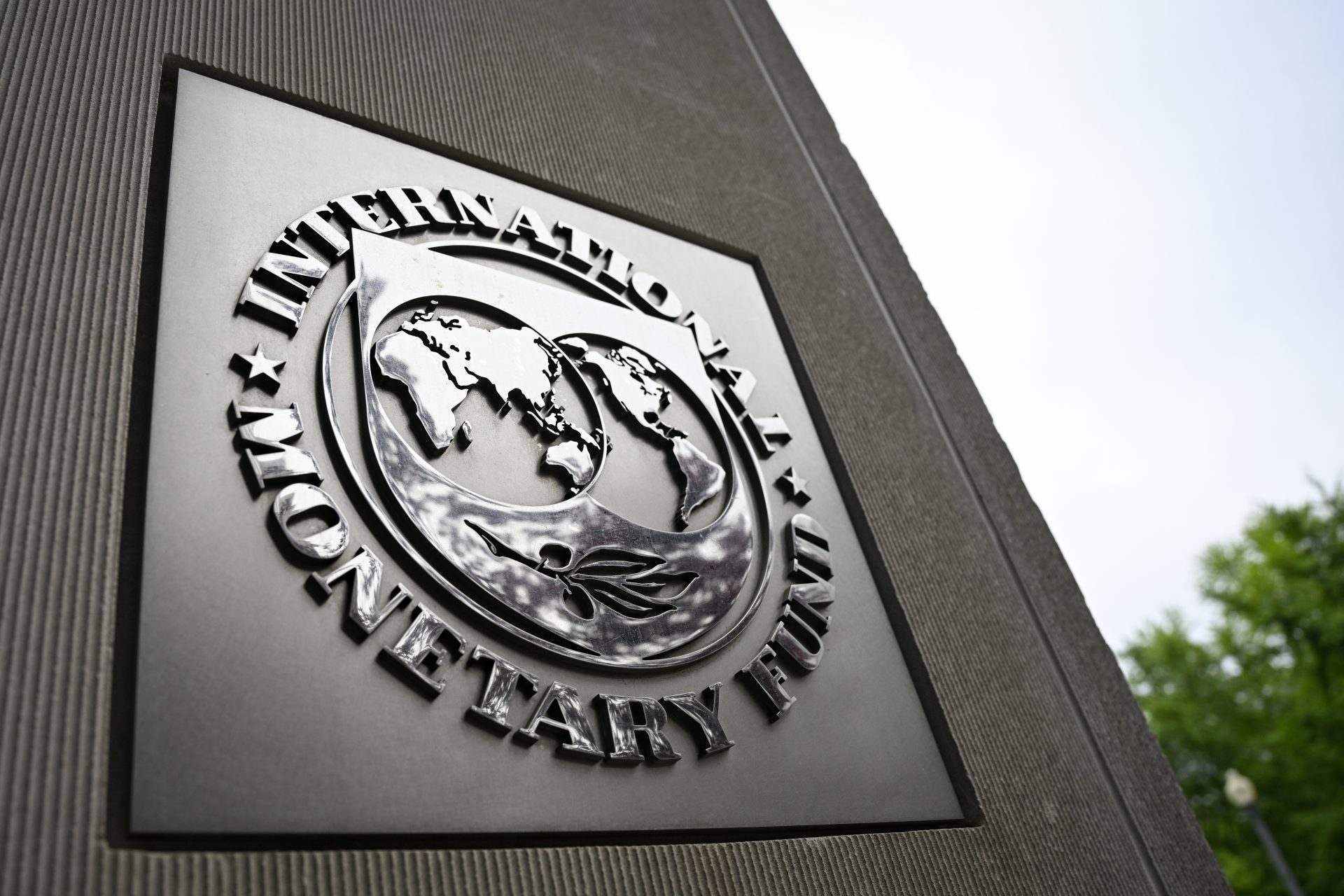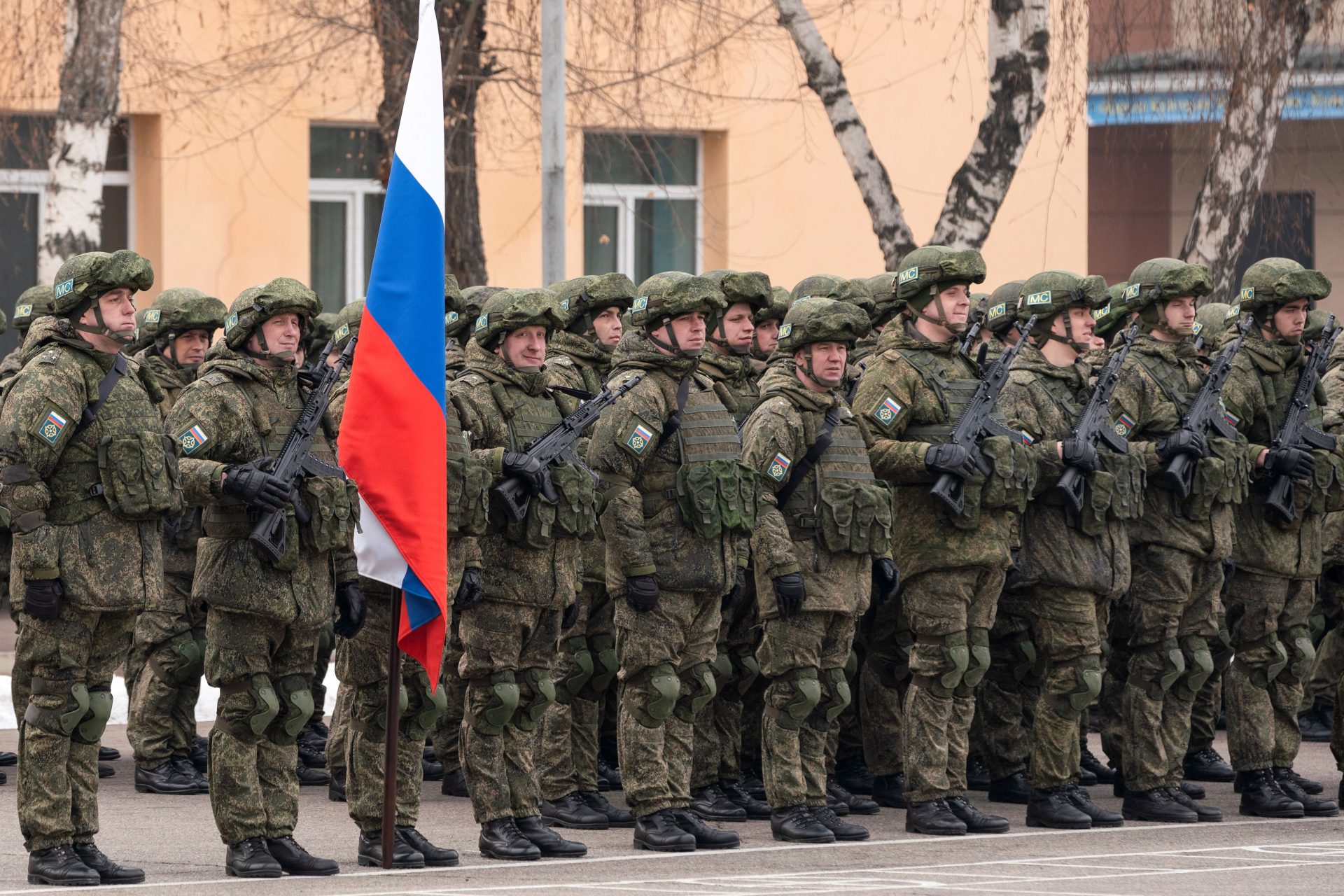Eight amazing nomadic groups from around the world
The modern world today is made up of countries that are divided into regions filled with cities and towns where people live and work. However, there are groups of people that resist this cookie-cutter lifestyle imposed by the present: Meet the nomads!
The Irish Travellers, also known as Pavee or An Lucht Siúil (Gaelic for “The Walking People”), are one of the best-known groups in the English-speaking world, moving around Great Britain and Ireland.
According to Encyclopedia Britannica, around 31,000 Travellers live in Ireland, with smaller populations in the UK, Canada and the United States, where they are known for their traditional family networks that provide protection against outsiders.
The Kochi or Kuchi is usually called the last nomadic tribe of Afghanistan. They make up around 1.5 million people that are mostly known as herders in central and southern Afghanistan.
Traditionally apolitical, the Kochi or Kuchi have been affected by decades of conflict in Afghanistan, forcing thousands to try to settle, with little to no government help.
Hailing from Scandinavia, the Sámi people make up between 60,000 to 100,000 people living between Norway, Sweden, Finland, and Russia’s Kola Peninsula.
The Sámi people support themselves with fishing, fur trapping and sheep herding, however they are probably known the best for reindeer-herding, which is part of their cultural identity.
Image: @thejohnnyme / Unsplash
The Khoisan people are a tribe of hunter-gathers that are believed to be the oldest human group inhabiting the southern part of Africa for over 20,000 years.
Image: @linaloos / Unsplash
Also known as the Bushmen, some 100,000 Khoisan people still live today as hunters and gatherers, despite colonialism and modernization putting their traditional lifestyle at risk.
The Bedouins are one of the most well-known nomadic groups that exist today, with a population of over 25 million in northern Africa and the rest of the Arab World. Traditionally, they have dwelled in the Arabian and the Syrian Desert, as well as the Sinai and the Sahara.
Although many Bedouins have adopted a sedentary, urban-dwelling life, many of them keep and promote activities that are part of their cultural heritage, such as camel riding and camping in the desert.
Image: @morsha / Unsplash
The Nukak people live in on the edge of the Amazon jungle, in the Guaviare region of Colombia. They are one of the last nomadic tribes in the Amazon basin, with less than 2,000 of them living from fishing, hunting, and food gathering.
Image: @backroadpackers / Unplash
Until the 1980s, the Nukak were classified as “uncontacted people” and since then they have been decimated by disease and been displaced by guerilla fighters and coca farmers.
The Berbers or the Amazigh people are a family of nomadic groups from Northwestern Africa, predating the arrival of the Arabs in the region, united by tradition and the dozen or so Berber languages.
Some estimate that there are over 35 million Amazigh people, with most of them living in Morocco and Algeria. However, political borders and government suppression have affected their traditional migration routes.
Image: @talhavisuals / Unsplash
According to National Geographic, there are over one million people in Iran that form part of nomadic groups. These tribes include the Bakhtiati, the Basseri, and the Hadavand, among many others.
Image: @_imd / Unsplash
The biggest of these are the Qashqai with over 400,000 members. They are a Turkic-origin tribe who tend to dwell in central and southern Iran.
More for you
Top Stories



